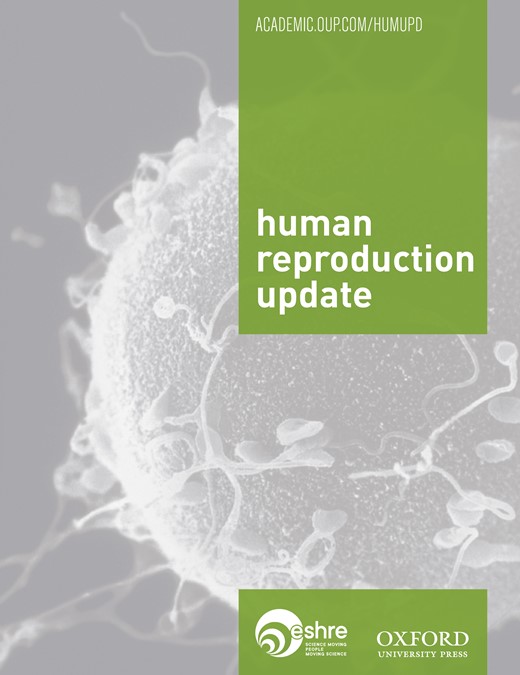-
PDF
- Split View
-
Views
-
Cite
Cite
DK Gardner, M Lane, Culture and selection of viable blastocysts: a feasible proposition for human IVF?, Human Reproduction Update, Volume 3, Issue 4, 1 July 1997, Pages 367–382, https://doi.org/10.1093/humupd/3.4.367
Close - Share Icon Share
Abstract
In human in-vitro fertilization (IVF) embryos are routinely transferred to the uterus on day 2 or day 3 of development. Resultant implantation and pregnancy rates are disappointingly low, with only 10% of embryos transferred leading to a live birth. The ability to culture embryos to the blastocyst stage should help to resolve this problem by synchronizing the embryos with the female reproductive tract, and by identifying those embryos with little developmental potential. Co-culture has offered a possible means of producing blastocysts capable of high implantation rates. However, recent developments in the field of embryo physiology and metabolism have led to the formulation of new sequential serum-free culture media capable of supporting the development of viable blastocysts in several mammalian species, including the human. It is therefore proposed that blastocyst transfer should be considered for routine use in human IVF. The high viability of blastocysts cultured in the appropriate sequential media means that fewer embryos are required for transfer to achieve a pregnancy, culminating in fewer multiple births. Furthermore, the development of suitable non-invasive tests of embryo viability should further increase the overall success of human IVF by the ability to select before transfer those blastocysts most able to establish a pregnancy.
Keywords: blastocyst transfer/implantation rate/metabolism/viability



